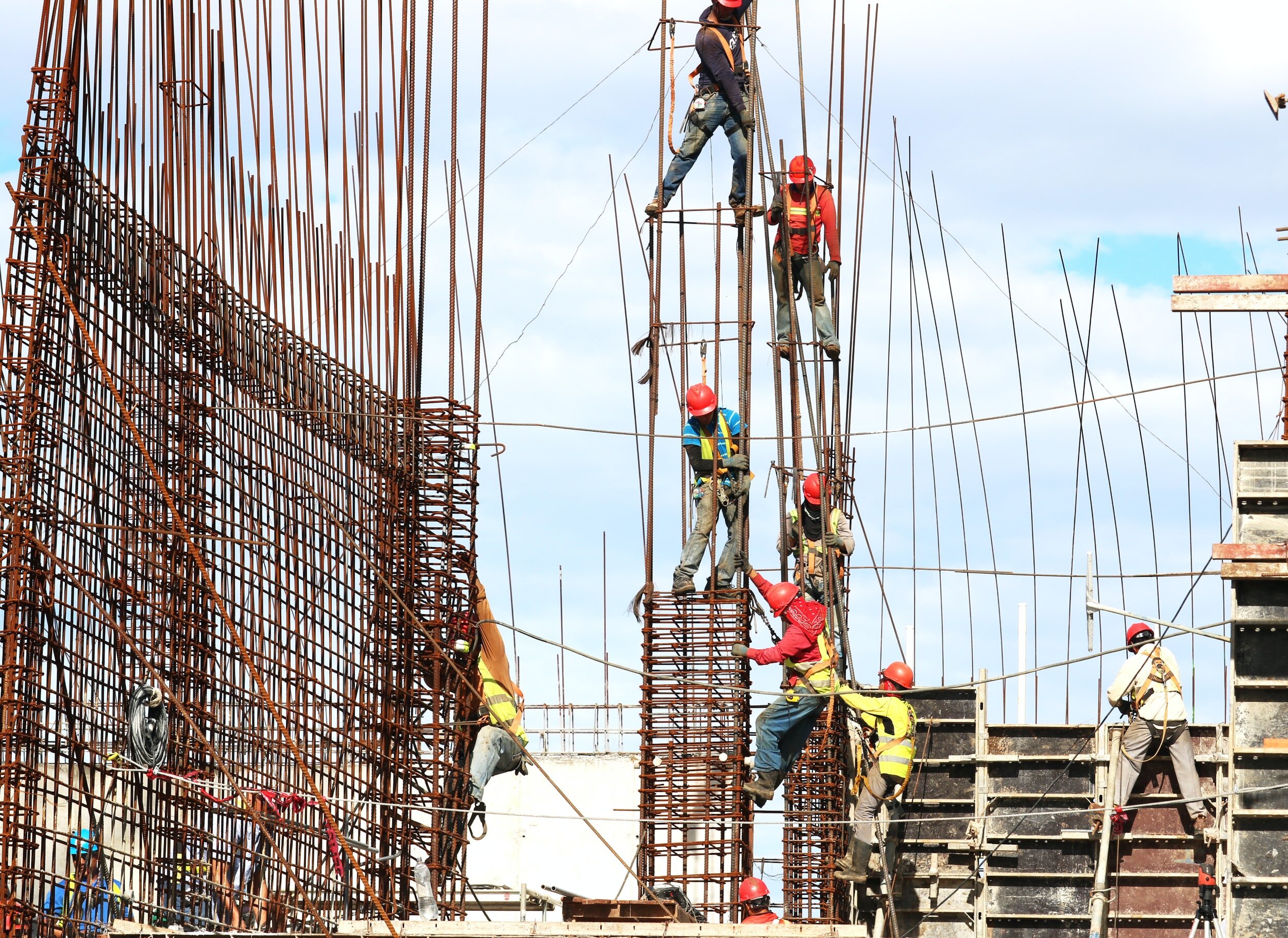
Industry Insights

Navigating Risk: The Importance of Planning for Low Probability, High Impact Risks
When an event is viewed as unlikely, it can be easy to shrug off risk. Many behaviours in the workplace can be viewed as “safe” when they are actually low-probability risks. However, because many of our actions in the workplace are performed over and over again, mitigating this risk becomes more important. The more times an action is performed, the more likely something will happen, even if the probability is low.

Creating a Workplace Plan - A Case Study with a Clean Energy Company
One of our customers is a global group that develops and manages sustainable infrastructure solutions, especially in renewable energy. Their business spans the entire value chain, from design and construction through to operation and maintenance. They are aware of the importance of having a workplace safety program that is well thought out, comprehensive, and effective.

How to Use the Hierarchy of Hazard Control in Your Workplace Safety Plan
When building a workplace safety plan, there are many different approaches to take. Certain aspects of workplace safety are governmentally mandated, but even within those mandates there are different ways in which safety can be achieved.
Safe workplaces save money, have more productive employees, have a better community image, and, or course, prevent workplace injury and illness.
